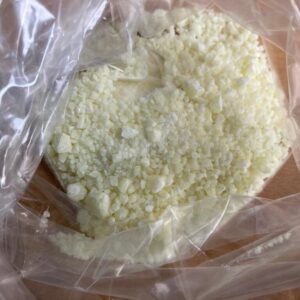The world of cannabis is diverse, with products ranging from natural marijuana to synthetic alternatives. While they might appear similar, the differences between real weed and synthetic weed vs real weed are significant, both in terms of effects and risks.
What is Real Weed?
Real weed, also known as marijuana or cannabis, is derived from the Cannabis plant. Its main active ingredient is tetrahydrocannabinol (THC), which interacts with the brain’s endocannabinoid system to produce effects such as relaxation, euphoria, and altered sensory perception. Real weed can be consumed in various forms, including smoking, vaping, edibles, and oils.
Pros of Real Weed:
- Naturally occurring cannabinoids, which are well-studied.
- Generally safer when consumed responsibly.
- Potential medicinal benefits, including pain relief, anti-nausea effects, and reduced anxiety.
Cons of Real Weed:
- Can impair cognitive function and motor skills temporarily.
- Long-term heavy use may impact mental health or lung health (if smoked).
- Legal restrictions in many countries.
What is Synthetic Weed?
Synthetic weed, sometimes called synthetic cannabinoids, is a human-made chemical that mimics THC. These substances are often sprayed onto plant material or sold as liquids for vaping. Synthetic weed is marketed under names like K2, Spice, or Black Mamba, often misleading users into thinking it is natural marijuana.
Pros of Synthetic Weed:
- Legal loopholes in some regions (though many have banned it).
- Sometimes used for research purposes.
Cons of Synthetic Weed:
- Highly unpredictable chemical composition; potency can vary widely.
- Stronger and more dangerous side effects, including paranoia, hallucinations, rapid heart rate, seizures, and even death.
- Lack of quality control makes it risky for recreational use.
Key Differences Between Synthetic and Real Weed
| Feature | Real Weed | Synthetic Weed |
|---|---|---|
| Origin | Cannabis plant | Lab-made chemicals |
| Active Compounds | THC, CBD, other cannabinoids | Synthetic cannabinoids |
| Potency | Moderate and variable | Often very high and unpredictable |
| Health Risks | Relatively lower | Very high, can be life-threatening |
| Legal Status | Varies by region | Often banned or heavily regulated |
| Effects | Relaxation, euphoria, mild sensory changes | Severe anxiety, hallucinations, unpredictable psychosis |
Health Implications
The most important distinction lies in safety. Real weed’s effects are better understood, and adverse reactions are generally less severe than those from synthetic cannabinoids. Synthetic weed can lead to serious health emergencies due to its unknown potency and unpredictable effects, often sending users to emergency rooms.
Conclusion
While synthetic weed may seem like a legal or stronger alternative to real marijuana, it carries far greater risks. Natural cannabis, when used responsibly, is safer and more predictable. Understanding these differences is crucial for anyone considering cannabis use—prioritizing safety and informed decisions can prevent dangerous outcomes.

No Responses